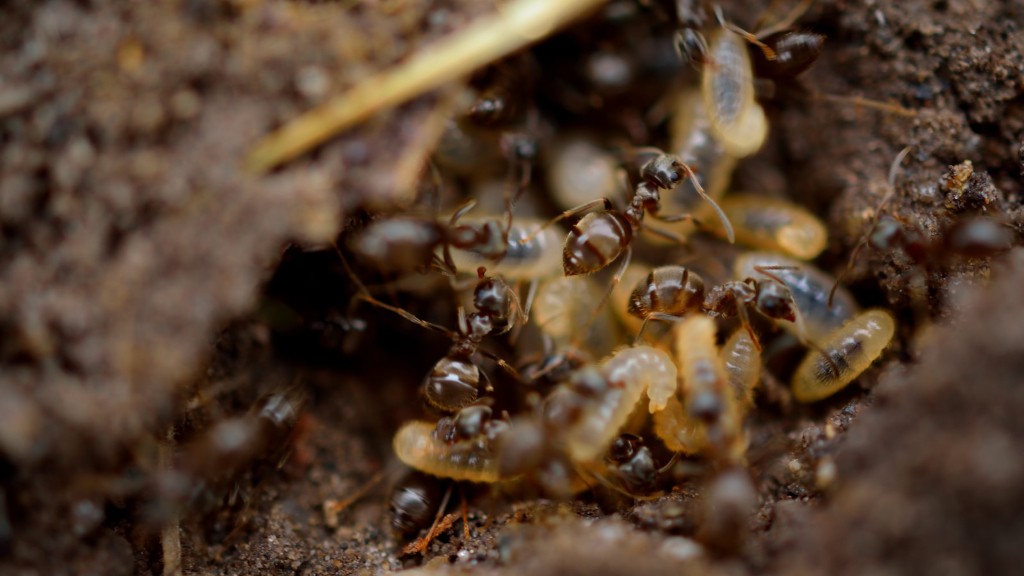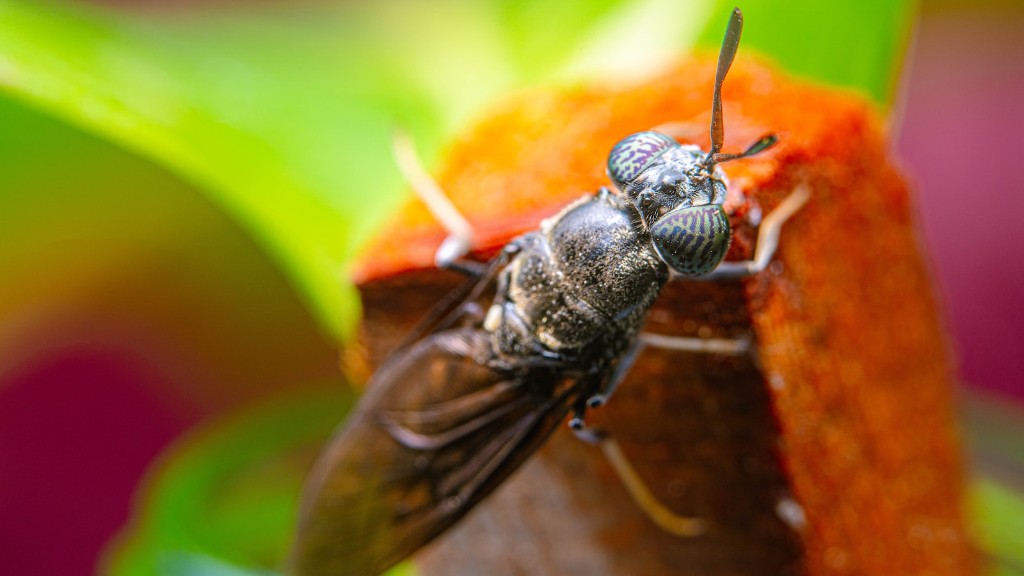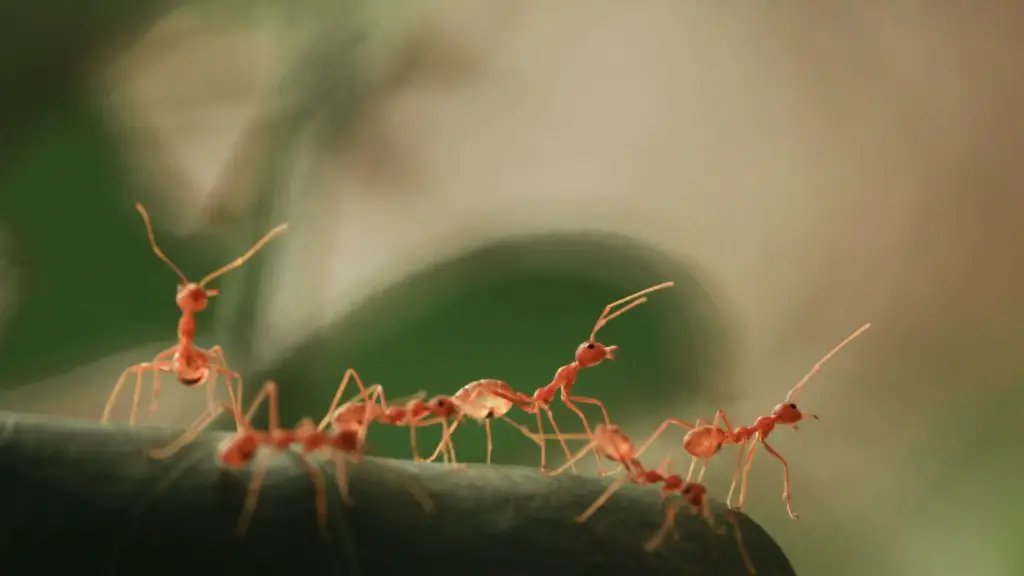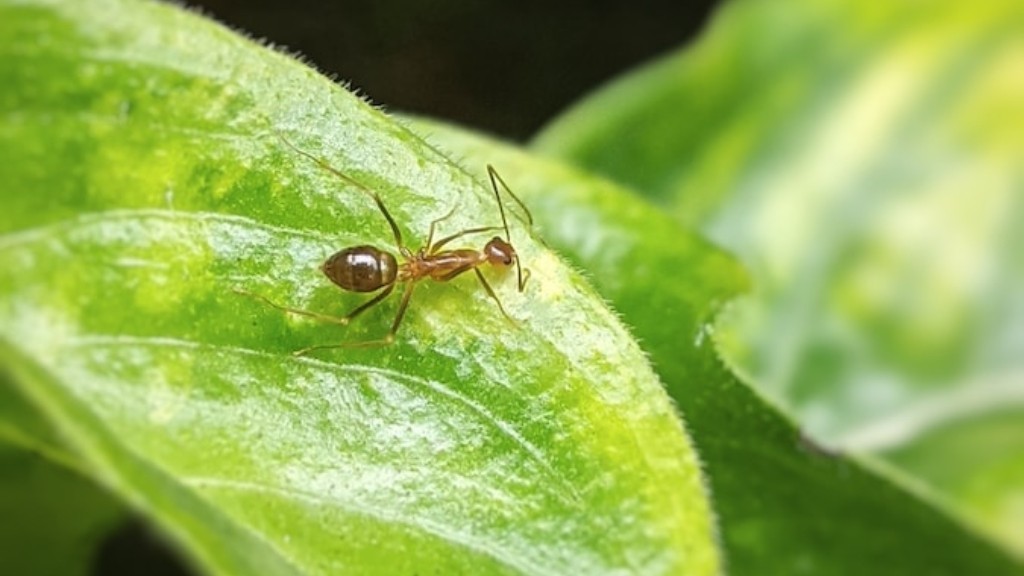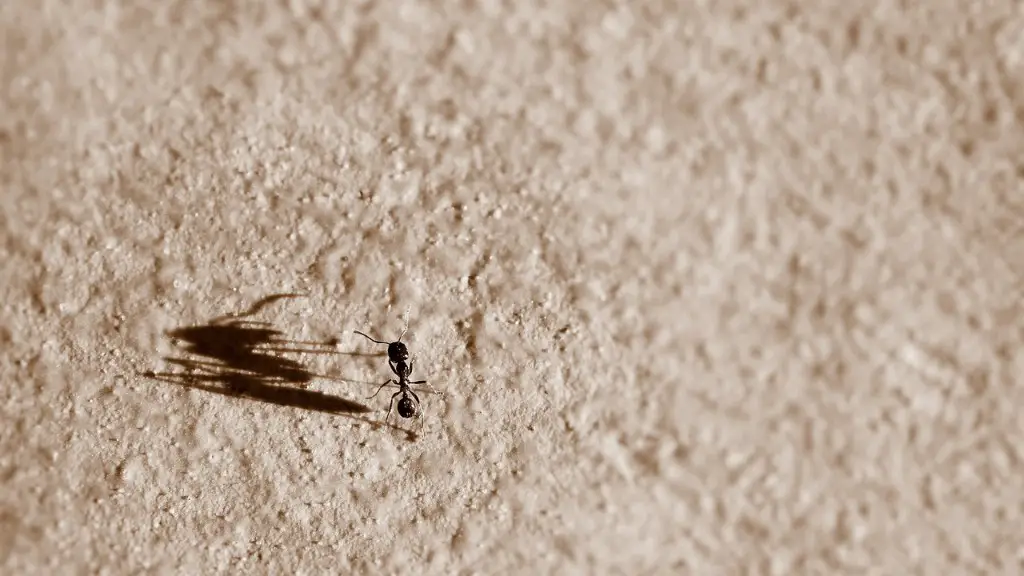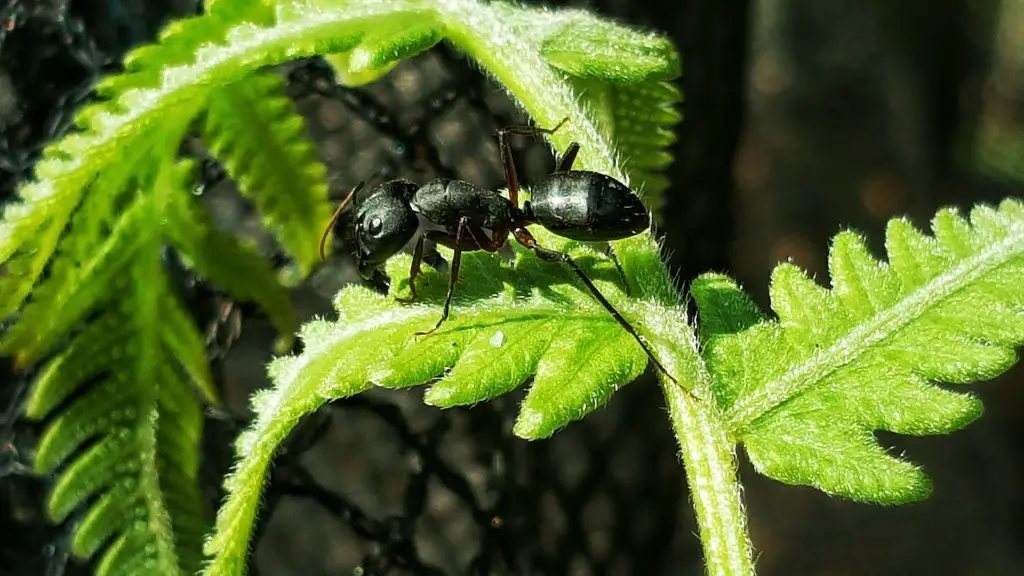Chemistry of Flying Ants
Flying ants are a species of social insects, which are found in many habitats around the world. They are known for having a distinctive pair of wings and their habit of swarming during mating season. Many people find the sight of a cloud of flying ants intimidating, but why are there so many of them?
The answer to this question lies in the biology and chemistry of these insects. Ants are incredibly social creatures, and like all social creatures, there is cooperation and competition at the heart of their behaviour. It is essential for them to reproduce in order to thrive, so it is in their best interests to produce as many offspring as possible. To achieve this, they rely on chemical cues, known as pheromones, to navigate their environment and identify suitable partners.
The presence of flying ants during mating season is an evolutionary adaptation which ensures their survival. Each ant releases a unique blend of pheromones to attract potential mates. This is known as ‘nuptial flight’ and it involves swarming in large groups so the females can find a suitable mate. The more ants that are present, the better the chances of successful mating.
The chemical reaction responsible for this behaviour is an incredibly complex process. The ants emit a combination of pheromones that interact with each other on a molecular level. This reaction creates a scent trail that is followed by other ants, leading them to the place where the mating is taking place. This process ensures that the species spreads successfully, ensuring its own survival.
It is also worth noting that the appearance of flying ants is a common occurrence in most habitats. A large number of species rely on this behaviour to reproduce, and as a result, they are an integral part of the natural ecosystem. They provide a valuable source of food to many animals, as well as helping to break down decaying organic matter, which helps to protect and enrich the soil.
Clearly, the presence of flying ants is essential for the longevity of many species, and their behaviour illustrates the importance of chemical communication in nature. To find out more about the biology and chemistry of these insects, it is important to consult a qualified entomologist.
Morphology of Flying Ants
The morphology of flying ants is quite distinct from other species as all flying ants have a specialized set of wings. These specialized wings allow them to fly, which is essential for their reproductive activities. The wings are made up of four parts: the thorax, the costal area, the alar area, and the wings themselves. Each of these parts plays an important role.
The thorax is the most important part of the body and supports the head, neck, and anterior legs. It is also responsible for the muscular contraction that allows the ant to fly. The costal area consists of two long, narrow strips that are connected to the thorax. These strips make up the body surface and enable the ant to maintain flight. The alar area is made up of two broad areas that are connected to the thorax via small appendages known as alar flaps. These flaps are used to control the direction and speed of flight.
The wings themselves are thin and transparent, and they allow the ant to move efficiently through the air. As they flap their wings rapidly, they generate lift, which allows them to stay airborne. This is essential for baby ants as it allows them to move away from the nest and search for food and nesting sites.
The morphology of flying ants plays an important role in the reproductive process as it allows them to travel long distances in search of partners. Without the ability to fly, the ants would not be able to produce as many offspring and their survival would be in jeopardy.
Reproductive Behaviour of Flying Ants
Flying ants play an important role in propagating their species. During mating season, huge clouds of flying ants emerge from the nest in search of a mate. This behaviour, known as ‘nuptial flight’, involves males and females flying in huge swarms and mating in mid-air. This ensures that the population of the species spreads as far and wide as possible, ensuring its survival and robustness.
The reproductive process itself is quite complex and involves the release of pheromones, which are chemical signals that attract potential mates. Female ants will release pheromones to attract males, while males will release pheromones to attract females. A particular scent will be associated with an individual, which, when combined with specific signals, will result in a successful mating.
Although the process may seem chaotic, it is in fact quite organized. Each individual releases a unique blend of pheromones, which allows them to differentiate between males and females, as well as between individuals. This is how they can successfully identify potential partners and ensure successful mating.
The large swarms of flying ants are an impressive sight, and a testament to the complexity and sophistication of the reproductive behaviour of these insects. Although the overall goal is the same, each individual must possess the skills necessary to locate, identify, and successfully mate with a potential partner. This is one of the reasons why we see such large numbers of flying ants during mating season.
Diet of Flying Ants
The diet of flying ants is varied, and their ability to feed on a wide range of food sources makes them invaluable to the natural ecosystem. In general, flying ants will feed on sugary foods such as nectar, honey and fruit. They are also known to feed on insects, including other ants, flies, and spiders. In addition, they are known to scavenge on decaying organic matter and can even feed on fungi.
Their dietary habits are essential for their survival and reproduction. By consuming a range of food sources, they are able to obtain the necessary nutrients that are essential for their growth and development. In addition, eating insects and other small creatures helps to keep the population of these creatures in check. This is essential for maintaining the balance of the ecosystem.
The diet of flying ants also helps them to survive in hostile environments. For example, they are able to feed on the nectar of flowering plants, which helps them to gain energy during times of drought and scarcity. This ensures that they have enough energy to survive and reproduce in adverse conditions.
The diet of flying ants is an essential part of their survival, and it illustrates the importance of a varied diet to the survival of any species. In addition, it emphasizes the importance of consuming food sources that are both nutritive and easily obtainable.
Significance of Flying Ants
The importance of flying ants to the natural ecosystem cannot be overstated. They play an essential role in propagating their species, and their ability to locate potential partners over long distances helps to ensure the survival of their population. In addition, their varied diet helps to maintain the balance of the ecosystem, providing food for other animals and helping to break down organic matter.
Flying ants also have a cultural significance, particularly in Western societies. They are often seen as a symbol of renewal and fertility, and they are even employed in traditional rituals to summon rain. In some cultures, they are seen as messengers of hope, while others consider them a sign of prosperity and fortune.
Ultimately, flying ants are an integral part of the natural ecosystem, and their presence is essential for the survival of many species. Their sophisticated behaviour, intricate anatomy, and varied diet all serve to illustrate the remarkable complexity of the natural world.
Conclusion
The sight of flying ants is both intimidating yet mesmerizing, and it can provide us with valuable insights into the workings of nature. Flying ants are an essential part of the natural ecosystem, and their presence is vital for the survival of many species. They often represent renewal and fertility, and their behaviour is a testament to the complexity and sophistication of nature.
